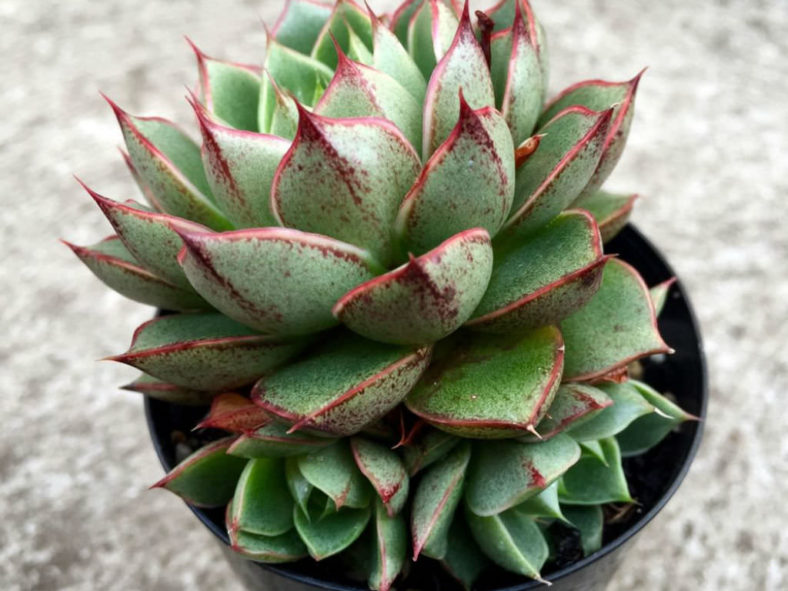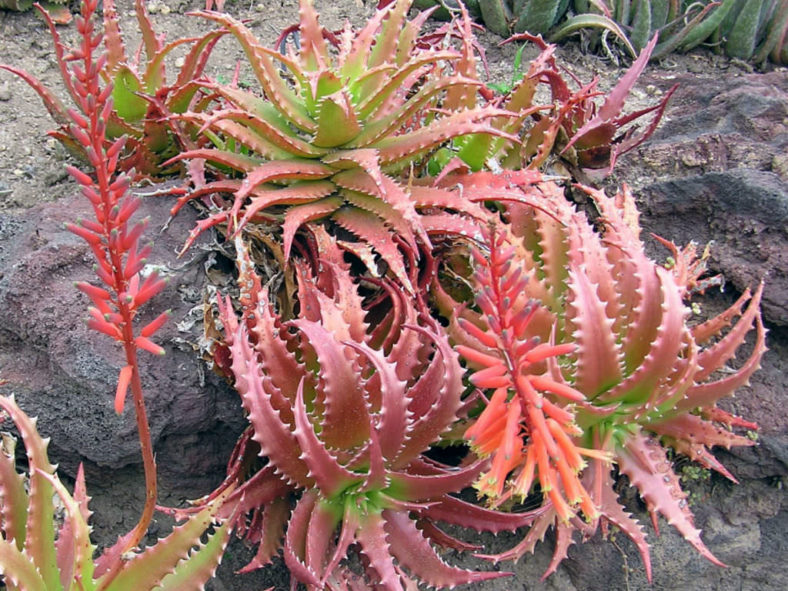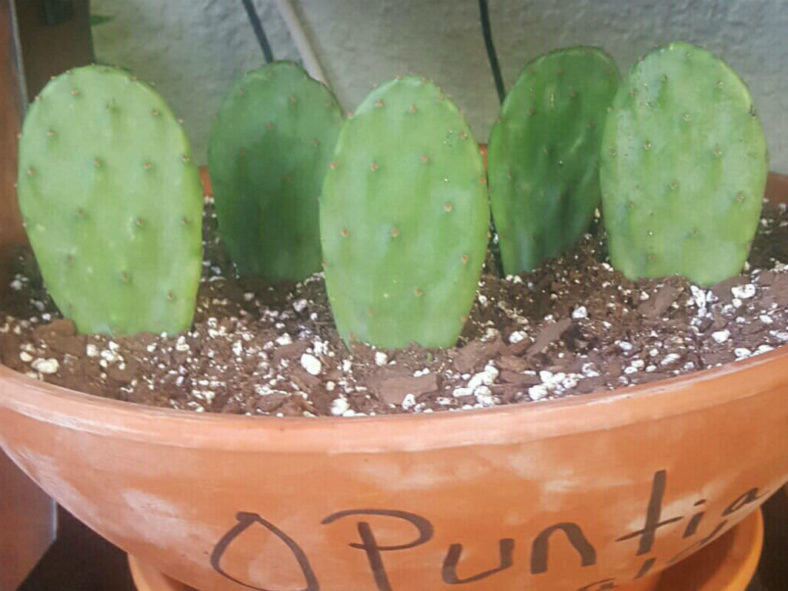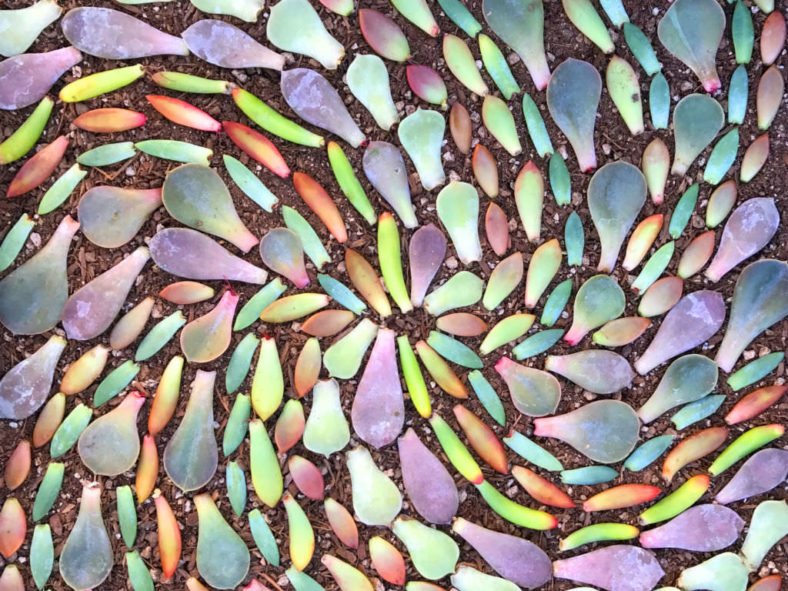Succulents are a fixture in gardens throughout the country, where their unique shapes and drought-tolerant qualities make them popular residents. Despite their popularity, their sometimes high price can put people off. The good news is that you don't have to empty your wallet to enjoy the beauty of succulents in your garden. Wait for frost-free temperatures to arrive, and you'll be ready to plant with these money-saving tips.
The variety of succulents available (including cacti) is almost limitless. Succulents come in all shapes and sizes, meaning that one (or more) is right for your garden.
1. At the nursery, look for pots that have more than one plant in them
Succulents often produce offsets, which are identical plants. You can sometimes find more than one plant in a single pot, which means that you'll get double or triple the number of plants for the price of one.
Some examples of succulents that do this are Agave, Aloe, and Echeveria. Use a knife or shovel to remove or twist off the offsets from the mother plant.

2. Divide clumping types of succulents and replant them in the garden
Certain succulents have a clumping growth habit and can be divided, similar to many popular perennials. Aloe and Hesperaloe species are examples of succulents that form new clusters as they mature, which can be planted elsewhere in the garden.

3. Take a cutting to create a new cactus
You can start an entirely new cactus from many cacti types by planting a cutting (generally a stem or pad). The process is pretty straightforward, but there are a few steps to follow to do it right.
You will need gloves, a pruning saw, several layers of newspaper, a carpet remnant, or rubber straps. This is a two-person job.

- Select a stem from a columnar cactus or a one- to three-pad section of a Prickly Pear Cactus, and hold it in place with the newspaper, carpet remnant, or rubber straps.
- While one person is holding the section of cactus to be cut, the other can cut the section with the pruning saw.
- Place the newly cut section of the cactus in a dry, shady spot and let it rest for two weeks before planting. It is important not to plant it right away, as the cut section needs to dry out, or rot may set in.
- After two weeks, plant the cactus cutting in your predetermined spot, utilizing the same protective methods as when you cut it.
- Wait a few weeks before watering.
Before you know it, you will have a new cactus thriving in your garden that you did not have to spend a dime on.
4. Buy a bowl filled with multiple succulent varieties
Then grow new ones from leaf cuttings. A single bowl can produce many new plants that start from a single leaf. Echeveria, Jade Plant (Crassula ovata), and Kalanchoe are types of succulents that can be propagated this way.

- Snip off a few leaves and lay them on a paper towel in a dry, shady spot for 4 to 5 days to allow the ends to dry out. You can also use a short section of stem.
- Fill a container with a potting mix formulated for succulents and bury the bottom half of the leaf in the soil.
- Water regularly to help promote rooting, but don't overwater.
- After six weeks, the leaves should have grown roots.
5. Ask friends or neighbors for offsets and cuttings
If you have admired a cactus or succulent in your neighbor's garden, this is a great way to add one to your outdoor space. Offsets from an Agave, cuttings from cacti, or a 3- to 5-inch (7.5 to 12.5 cm) stem from popular succulent plants like Milk Bush (Euphorbia tirucalli), Slipper Plant (Euphorbia lomelii), and Elephant Bush (Portulacaria afra) are all it takes to grow a completely separate plant. Often, people are happy to give away pieces of their plants, which would end up in the trash pile after pruning.
6. Keep an eye out for discounted cuttings at plant sales or your favorite nursery
Small sections of cacti and succulents may not be pretty enough to be sold at full price and are often relegated to the back of the nursery. While these plants may be less desirable to the general public, they are diamonds in the rough. With a bit of TLC, they will grow into lovely plants. Simply give them well-drained soil and deep, infrequent watering, and you'll be surprised at how well they respond. Soon, you'll never know they were discounted plants, as they add welcome beauty to your garden.
Source: houzz.com
Links
- Succupedia: Browse succulents by Scientific Name, Common Name, Genus, Family, USDA Hardiness Zone, Origin, or cacti by Genus